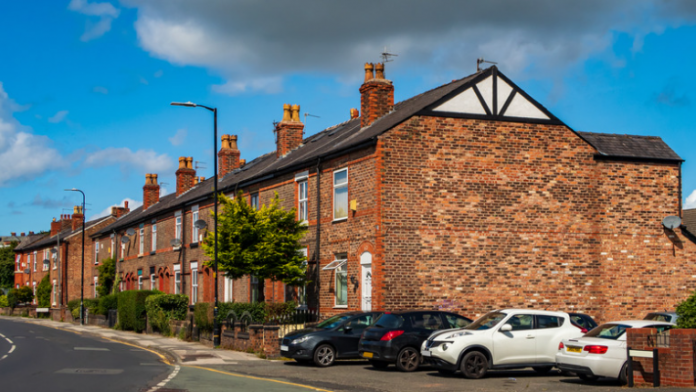Table of Contents
Terraced houses have long been popular among homebuyers in the United Kingdom. With their unique charm and historical significance, these properties offer a range of benefits and considerations. Whether you’re a first-time buyer or a seasoned investor, it’s important to weigh the pros and cons before making a decision. This article will explore the advantages and disadvantages of buying a terraced house in the UK.
Pros and Cons of Buying a Terraced House in the UK
Pros
Affordability
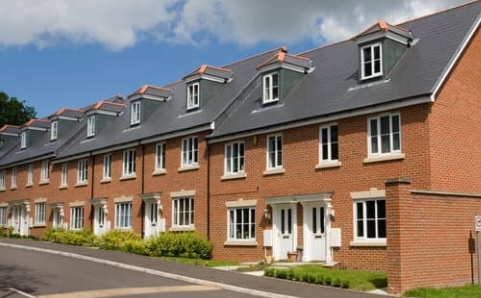
One of the significant advantages of buying a terraced house in the UK is its affordability. Terraced houses often come at a lower price point compared to detached or semi-detached properties in the same area. This makes them an attractive option, particularly for first-time buyers or those working with a limited budget. The lower purchase price reduces the initial financial risk and provides an opportunity to enter the property market and build equity.
The affordability factor extends beyond the purchase price. Terraced houses tend to be more cost-effective in terms of maintenance and utility expenses. The shared walls on either side help to conserve heat, resulting in lower energy bills. The smaller footprint of the property requires less upkeep and reduces the cost of maintenance and repairs.
Community and Neighborhood
Terraced houses are typically found in established communities with a strong sense of neighbourhood. This offers numerous benefits for homeowners. Living in a community-oriented area promotes a sense of belonging and creates opportunities for social interactions.
Neighbours often look out for one another, creating a supportive environment where you can rely on others in times of need. This can be especially beneficial for families, as children can form friendships and grow up in a close-knit community.
Living in a well-established neighbourhood means access to a range of amenities. Everything is within reach, from local shops and supermarkets to schools and recreational facilities. This level of convenience simplifies day-to-day life and reduces the need for long commutes or extensive travel for basic necessities.
Accessible Amenities
Terraced houses are often situated in close proximity to a wide array of amenities. This is particularly advantageous for individuals who rely on public transportation or prefer to have amenities within walking distance.
Having excellent public transportation links nearby enables easy commuting to work or other parts of the city. It also reduces reliance on private vehicles, contributing to a greener and more sustainable lifestyle. Having amenities such as schools, parks, libraries, and healthcare facilities within walking distance adds to the overall convenience and quality of life.
Character and Architecture
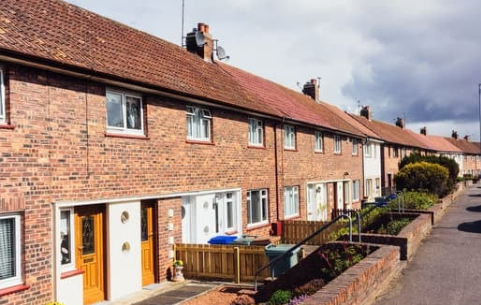

Terraced houses’ standout features are their unique architectural design and historical charm. These properties often boast period details such as bay windows, fireplaces, intricate mouldings, and elegant facades. The distinctive features add a touch of character and personality, making each house feel special and unique.
Living in a terraced house allows you to be part of the area’s rich history and architectural heritage. The unique aesthetics provide a visually appealing living environment and hold cultural and historical significance. For those who appreciate the beauty of traditional architecture, purchasing a terraced house can be an opportunity to own a piece of the past.
Energy Efficiency
Terraced houses tend to be more energy-efficient compared to detached properties. The shared walls on either side provide a degree of insulation, helping to retain heat within the property. This means that the property is better equipped to maintain a comfortable temperature throughout the year, resulting in lower energy consumption and reduced heating bills.
The energy efficiency of terraced houses aligns with the growing emphasis on sustainable living and reducing carbon footprints. By opting for a terraced house, homeowners can contribute to environmental conservation and enjoy the long-term financial benefits of reduced energy costs.
Cons
Limited Space
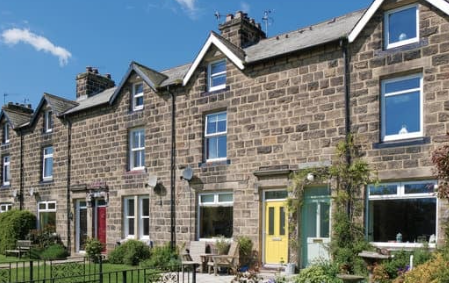

One of the primary drawbacks of buying a terraced house in the UK is its limited space, especially in terms of outdoor areas. Terraced houses typically have smaller gardens compared to detached or semi-detached properties. This can be a disadvantage for families with children, individuals who enjoy gardening or outdoor activities, or those with pets requiring ample space to roam and play.
Limited outdoor areas may restrict the potential for extensions or additions to the property. If you have plans to expand the house in the future, such as adding an extra room or creating an open-plan living space, the limited space of a terraced house may pose challenges and limit your design options.
Noise and Privacy
Living in a terraced house means sharing walls with neighbours on both sides. While this can create a sense of community, it also comes with the potential for increased noise levels and a lack of privacy. Noise from neighbouring properties, such as loud conversations, music, or footsteps, can be more noticeable in a terraced house compared to a detached property. This may be a concern, especially for individuals who value peace and quiet or those who work from home and require a quiet environment.
Privacy can also be compromised in a terraced house due to the close proximity of neighbours. With shared walls and potentially limited outdoor space, creating secluded areas or enjoying complete privacy within your own property may be challenging. This is an important consideration for those who prioritize personal space and solitude.
Structural Issues
Terraced houses in the UK are often older properties, and age can bring a higher risk of structural issues. The wear and tear naturally occurring over time, combined with potential neglect or lack of maintenance from previous owners, may result in structural problems needing attention.
Before purchasing a terraced house, it is essential to have a thorough survey carried out by a chartered building surveyor. This will help identify any existing or potential structural issues such as dampness, subsidence, or roof problems. Addressing these issues can be costly and time-consuming, and failing to do so may lead to further complications down the line.
Limited Design Flexibility
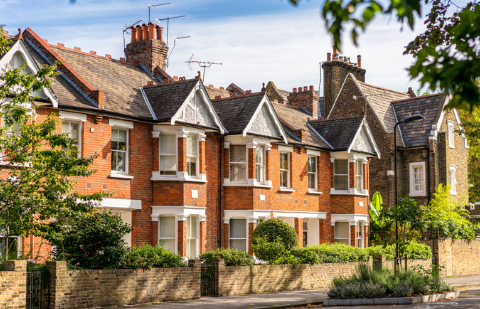

Compared to detached or semi-detached properties, terraced houses often have more limited design flexibility. The layout and design of a terraced house are typically more rigid due to shared walls and a narrower footprint. This can make it challenging to modify the property according to your preferences or future needs.
If you have plans for extensive renovations or wish to customize the layout of your home, a terraced house may not offer the level of flexibility you desire. Local planning regulations may further restrict your options, making it important to research and understand any limitations before purchasing a terraced property.
Lack of Parking
Terraced houses are commonly found in densely populated areas where parking can be a challenge. Limited or no off-street parking is a common issue with terraced properties, requiring residents to rely on on-street parking or seek alternative parking solutions.
This lack of parking can create inconveniences, particularly for households with multiple vehicles. Finding a parking space near your property may be a constant struggle, and you may need to obtain parking permits or pay for parking in nearby facilities. This additional expense and hassle can be a significant consideration for car owners and may impact the overall convenience of living in a terraced house.
Buying a terraced house in the UK has its own pros and cons. Among the advantages are affordability, community spirit, and convenient access to amenities. However, some drawbacks are limited space, potential noise issues, and design flexibility restrictions. It’s essential to carefully consider your lifestyle, needs, and long-term plans before making a decision. Consulting with qualified professionals will help you make an informed choice and find a terraced house that aligns with your requirements.



































